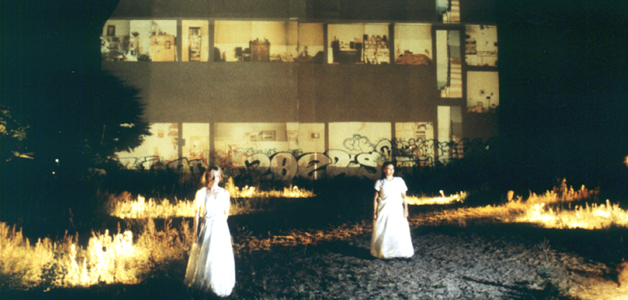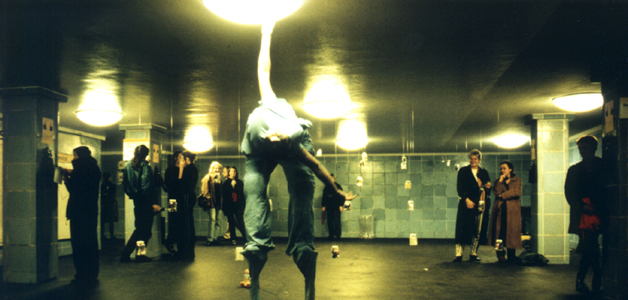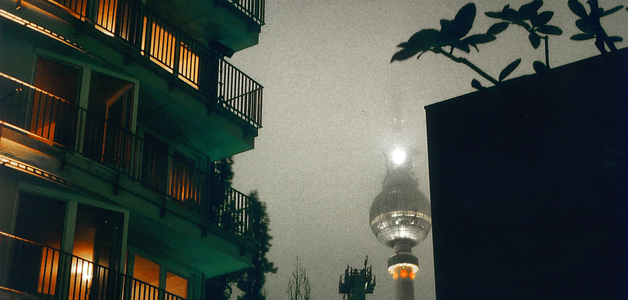id berlin
2011
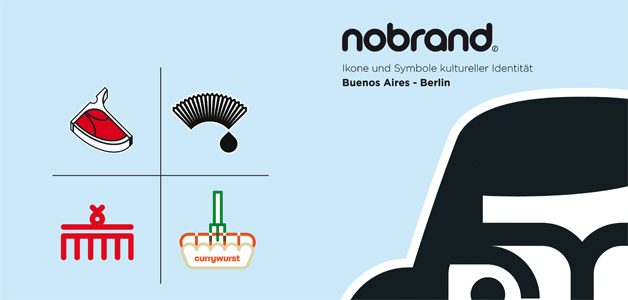
Cutting-edge Design meets
Cultural Education
Since 2002 the Argentine design project nobrand has been iconifying the historical, cultural and artistic memory of Argentina. It was founded by Hernan Berdichevsky and Gustavo Stecher from the design agency imagenHB.
In the publication Idarg (identity argentina) the first 80 icons of the project are brought together and by this time its third edition comes up.
Moreover, the results were published within a case study in the book „logo design“ (Taschen Verlag), received various awards and were displayed in different countries. The two designers have been working in iconographic projects and in the fields of visual communication and cultural identity since more than 20 years.
During the project I.D. Berlin the idea of iconifying was deployed in the framework of an innovative and participative design and education format by using the comprehensive stock of Berlins cultural history and presence.
In a two-stage process Berliners of different age and origin developed a visual identity of their city guided by Gustavo Stecher from nobrand in collaboration with Berlin-based artist Mónica Segura-Márquez.
In three workshops, the learners of Friedensburg-Oberschule, the members of the „Olam“ youth centre and the senior citizens of jewish community centre „Jeanette Wolff“ reflected their individual and collective memories about the city of Berlin and visualized them in symbols and shapes. These workshops took place from 25 March to 7 April 2011.
The results were displayed at the international design festival DMY from 1 to 5 June 2011 in Berlin.
The project was mainly funded by Berlin Project Fund for Cultural Education.
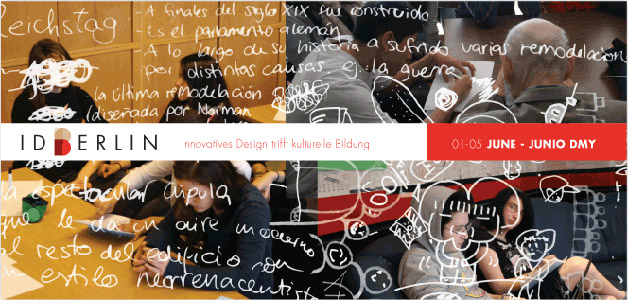
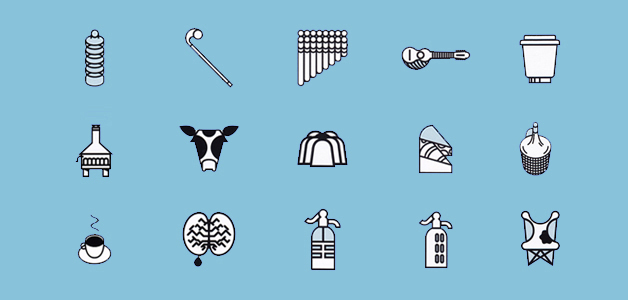
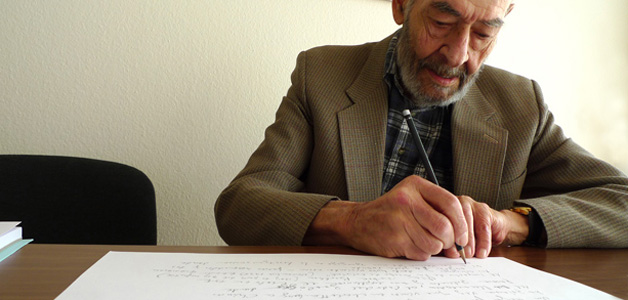
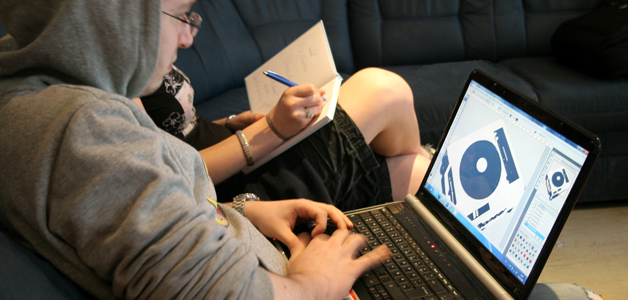
urban habitat
2010
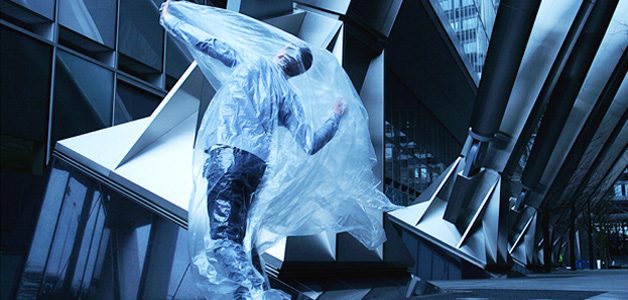
Urban and Participatory
Photography from London
Nearly everywhere, humanity is becoming urbanized. More than half of all people worldwide live in cities. The city is not only about buildings, yet the built environment dominates our experience of living in urban settings.
For more than twenty years the photographic work of London-based photographer Diego Ferrari has investigated how people relate with space – physically, intellectually and emotionally. A whole body of work was shown from 19 to 26 November 2010 at okk/raum29 and focused on everyday actions of the body in space and individual emotional responses. The show was curated by urban dialogues’ artistic director Stefan Horn.
A workshop was held in the framework of the exhibition, involving portraits of young people at Soldiner Kiez and thus developing further the themes explored in the show. Diego captured and reflected the relationship between young adults and space in a rapidly urbanizing world.
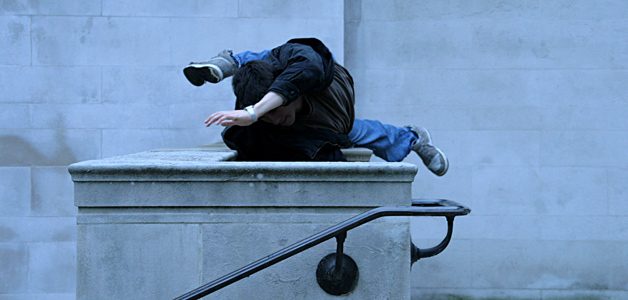
furor!
rage rooms
2010
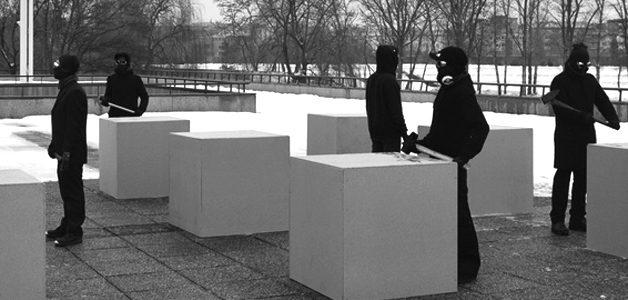
Anger is an energy
The project RAGE ROOMS was enquiring on how RAGE can be displayed in urbanity, in public spaces as well as in private areas. As an artistic research programme it was an extension to the project ON RAGE- ÜBER WUT that took place at House of World Cultures in Berlin from 13 March to 9 May 2010.
urban dialogues’ artists Monica Segura-Marquez and Stefan Horn were invited to join the programme to realize participatory arts projects on this issue.
The three – channel video installation FUROR was directed by Stefan Horn in close cooperation with the participants and was displayed at the House of World Cultures Berlin.
pankow
(ph)orschung
2010
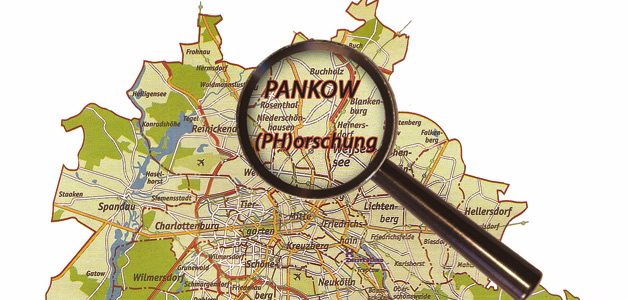
Artistic research on the Berlin
district of Pankow
The project was part of Metropolis, a cooperation with Zukunftsbau GmbH, a vocational training centre in Berlin. Between 2006 and 2011 a number of arts and educational projects have been carried out together.
From March to October 2010, the pankow(ph)orschung examined the structures and potential of one of the biggest districts of Berlin and unearthed history and stories.
Among other things, it deals with the socio-economic differences between the three sub-districts of Prenzlauer Berg, Pankow and Weissensee.
For the aesthetic research, photography, video and audio were used as the scrutiny tools. Archives and museums were other sources of investigation.
From October 20 to November 26, 2010, the artworks were displayed at the district museum of Prenzlauer Berg.
Core feature of the exhibition was a 35 square meters floor map. Visitors can walk on the map while doing their individual research.
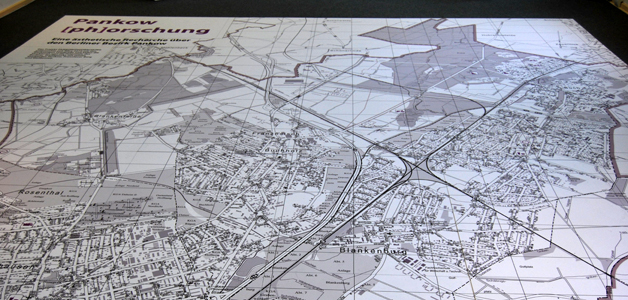
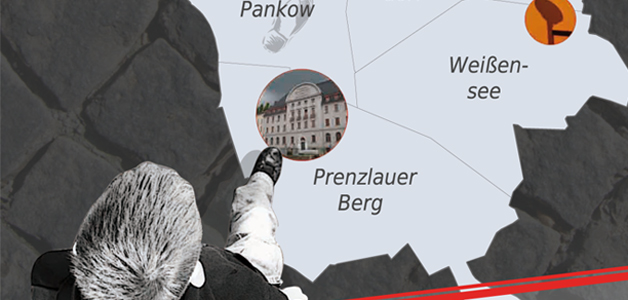



islands+ghettos
territories, cities, borders
2008/09

An exhibition project on the global phenomenon of territorial segregation
A project realized by Heidelberger Kunstverein,
developed in collaboration with urban dialogues
8.5. – 5.10.2009 City Museum Graz
14.3. – 26.4.2009 New Society for Fine Arts Berlin
7.6. – 31.8.2008 Heidelberger Kunstverein
The international exhibition project drew attention to the worldwide phenomenon of territorial isolation and social seclusion. It aimed at gathering contributions from artists, architects and urbanists and discussed the urban effects of such tendencies, which are to be found more and more frequently throughout the world.
On its way to globalisation, the world is now confronted with a new reality. The conventional, state-territorial boundaries are increasingly being replaced by new, private, economic and security-technical borders. The international project Islands & Ghettos addressed the phenomenon of territorial borders that both enclose and exclude.
In an exhibition featuring works by 35 artists, the Heidelberg Art Association examined two examples of the social “islandization” trend – the artificial archipelago off the shore of Dubai which represents an aesthetic extreme of social demarcation, and the “gated communities” of Caracas where the upper and middle class live, protected from the poverty of the “barrios”. The participating artists discussed the results of their joint research with local architects and urban developers at various symposiums.
Artistic director: Johan Holten (DK)
Curators and researchers: Stefan Horn (D), Kevin Mitchell (USA), George Katodrytis (GR), Hubert Klumpner (A) and Alfredo Brillembourg (VE)
Artists: Alexander Apostol, Atelier Van Lieshout, Anette Baldauf and Dorit Margreiter, Sabine Bitter and Helmut Weber, Sandow Birk, Caracas Urban Think Tank, Peter Coffin, Alice Creischer and Andreas Siekmann, Stuart Elster, Harun Farocki, Peter Fend, Kristjan Gudmundsson, Armin Linke, Francesco Mattuzzi, Alessandro Petti and Eyal Weizman in cooperation with Renato Rinaldi, Raul J. Mendez, Luis Molina-Pantin, Multiplicity (Stefano Boeri, Matteo Ghidoni, Stefano Graziani and Francesca Recchia), Marjetica Potrc, Javier Téllez, Vangelis Vlahos, Silke Wagner in cooperation with Beate Anspach, Carey Young, Michael Zinganel and Michael Hieslmair
The project was funded by the Federal Cultural Foundation.


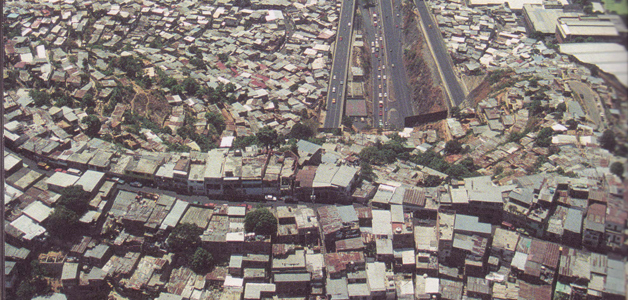
tangoformat
2004
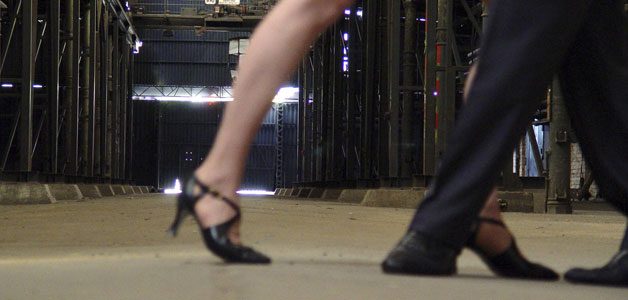
Exhibition and performance,
animals and dance
20 August – 12 September 2004
Venue:
Former cattle auction hall on the site of the old meat packing district in Berlin
Dance asserts the dignity of the body. Why is the body used? Is an inner need granted? The subject of dance is a question of perspective. The dancer may think that he is freeing himself from the shackles of the conventional movement canon or that he is approaching the object of his desire in winding ways. Maybe it will be set in motion differently. That is why we speak of the body. The body is where the subject has its limit.
Curator: Fredi Gutzler
Exhibition design: Stefan Horn
Production manager: Margit Middelmann
Conceptual collaboration: Heidi Walter
Technical Director: Jörg Schildbach
Graphic design: Martin Ruge and Kristian Costa-Zahn
Video creation: Marion Engelhardt
Graphic creation: Evelyn Sommerhoff
Assistant exhibition design: Robert Brommer
Poster: Jürgen Hentze
The project was mainly funded by Capital Culture Fund.


non standard
cities
2004
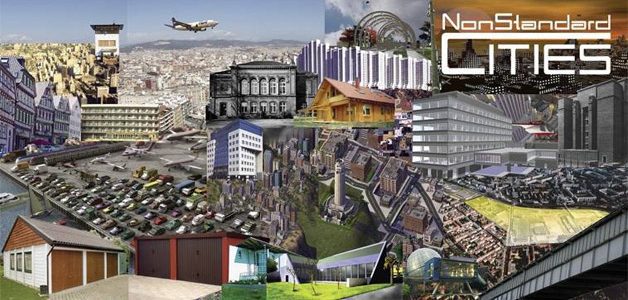
Artists on urban development issues
Opening on September 18, 2004
Open from 19 September until 17 October 2004
Venue:
Former cattle auction hall on the site of the old meat packing district in Berlin
Urban development projects are attempts to develop larger inner-city areas within the framework of uniform planning. In Berlin and elsewhere, such projects are increasingly being financed and implemented by private investors, as the public sector only prescribes general framework conditions for the use of the space.
Seven of such urban development projects were designed in Berlin in the early 1990s because it was assumed that the city would have five million inhabitants in 2000.
In 2004 it was known that this hope was exaggerated, and consequently the large-scale urban development areas were lying idle because the specific requirements for successful development by private investors had not been met. Instead of growth, there was stagnation.
Based on the diversity of the ‘city’-phenomenon, the exhibition provided visitors with a greenhouse for alternative strategies for the duration of four weeks. Alternative designs which proved that the existing construction plan of the former meat packing district’s urban development area is just one of many other options.
Curator: Johan Holten
Assistant to the curator
and editor: Susana Sáez de Guinoa Waltinger
Production manager: Margit Middelmann
Project manager: Stefan Horn
Graphic design: Martin Ruge and Kristian Costa-Zahn
Featured artists: Stine Berger (Dk) Roger Biscioni and Marc Graf (Ch) Jakob Kolding (Dk) Pauline Kraneis (D) Alexa Kreissl and Daniel Kerber (D) Pia Lanzinger (D) Matthias Müller (D) Marjetica Potrc (Slovenia) Pia Rönicke (Dk) Hans-Christian Schink (D) Barbara Steppe (D) Sofie Thorsen (Dk) Mans Wrange (S)
The project was mainly funded by Capital Culture Fund.
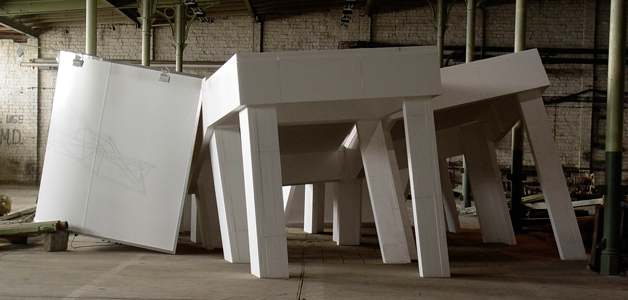
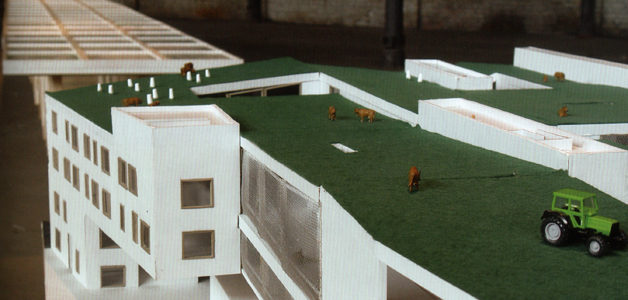
kunst-kette
wrangelkiez 02
2002
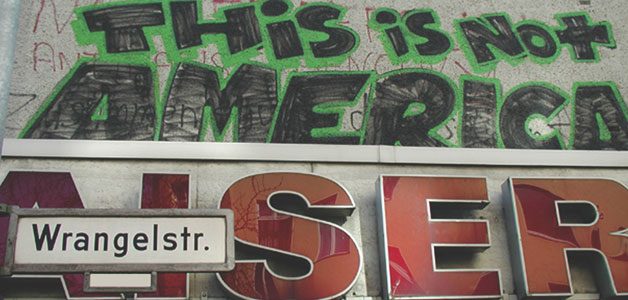
Eight site-specific art projects
and urban interventions
at Wrangelkiez district
“Der Mensch in der Großstadt”
Hadmut Bittiger
Audio-visual Installation
“Spurensicherung”
Andrea Krauß
Photo-Exhibition
“Lichtwandel – Baumhaus”
Stefan Kreysler
Human and Nature and Public Space
“365 Wünsche (Vielleicht möchte ich in Fesseln liegen)”
Kathinka Willinek
Installation
“Camping for everybody” – ein begehbares Bild
Ilona Albert
Schaufenstergalerie Eisscholle
“Orte V”
Annette Beisenherz
Interactive Performance in Public Space
“Salon 36”
Andrea Krauß, Ulf Imwiehe
Der Wrangelkiez in eigenen Worten.
Photo-Exhibition
“ship is arriving to late to save a drowning witch”
Stefan Horn
Installation
The project was mainly funded by Berlin Senate for Urban Development.
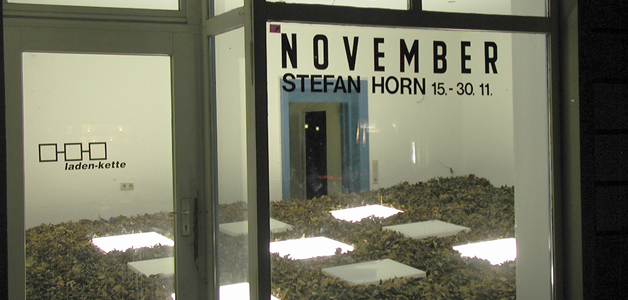
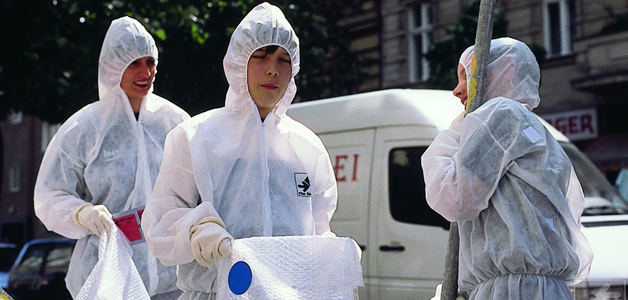
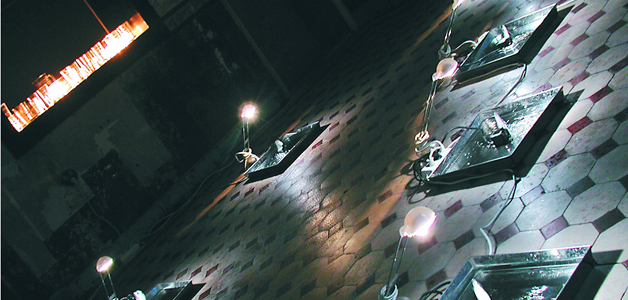
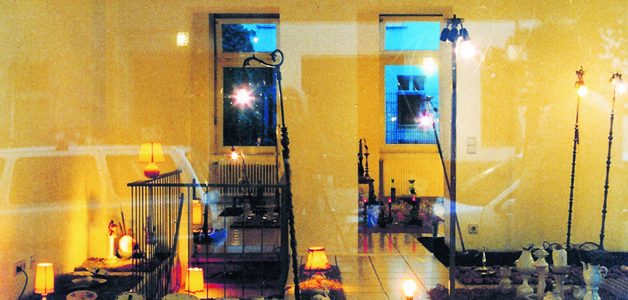
kunst-kette
wrangelkiez 01
2001
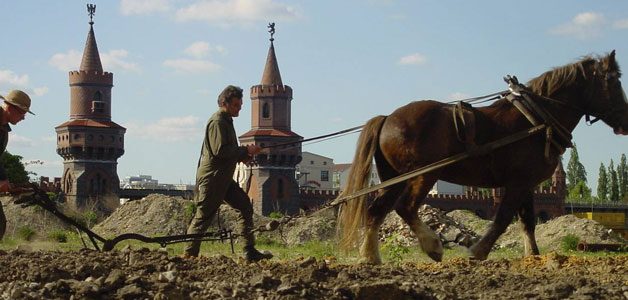
Eleven site-specific art projects
and urban interventions
at Wrangelkiez district
“133”
Johan Holten
Objekt/Closed Circuit Installation
Falckensteinstraße 10
“Stadtmöbel”
Malte Seichter
Mobile Photographic Atelier
“Frühjahrsfurche”
Herr Sphen
Land-Art-Performance
Cuvry-/Ecke Schlesische Straße
“Brautschau 03”
Annette Beisenherz, Ilona Albert
Videoinstallation
Cafe Mysliwska
Schlesische Straße 35
“Sonex”
Ilona Albert & Fabian Meyer
Urban Research and Video-Installation
Falckensteinstraße 10
“Werkstatt zur Entkoppelung”
Fred Pommerehn
Work in Progress/Interactive Installation/Exhibition
Wrangelstraße 64 links
“Erntedank”
Herr Sphen
Installation and Photo-Exhibition
Schlesische Straße 19
“Die Elf”
Stefan Horn, Carsten Kramer & Henning Schossig
Interview-Project, Installation
Schlesische Straße 19
“November”
Stefan Horn
Light-Installation
Skalitzer Straße 81
“Einstrichtannenbaumladen”
Christian 3 Rooosen
Einstrichzeichnungen/Schaufensterprojektion/
Performance
Falckensteinstraße 4
“chat-room”
Heidi Walter & Stefan Horn
participatory Installation
The project was mainly funded by Berlin Senate for Urban Development.
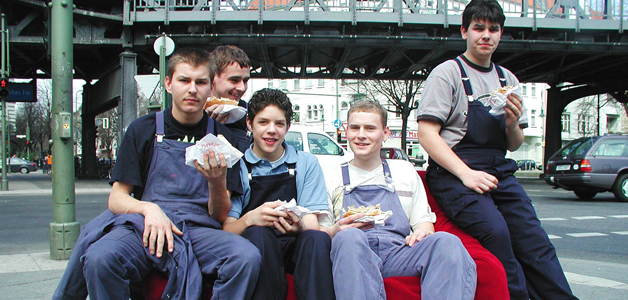
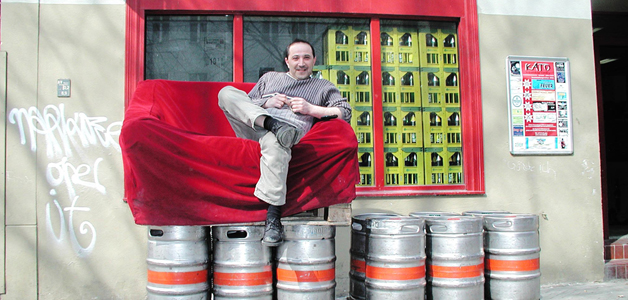

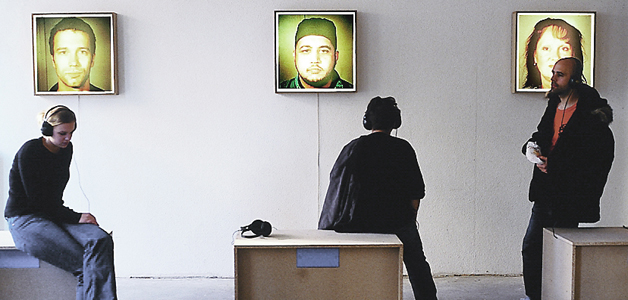
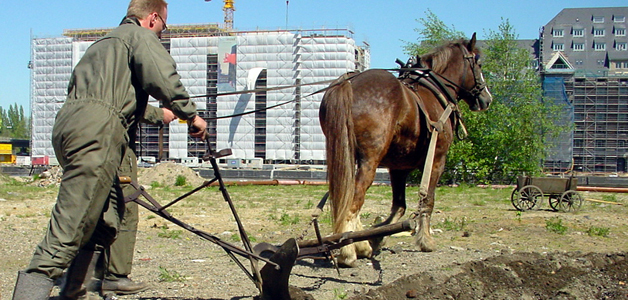
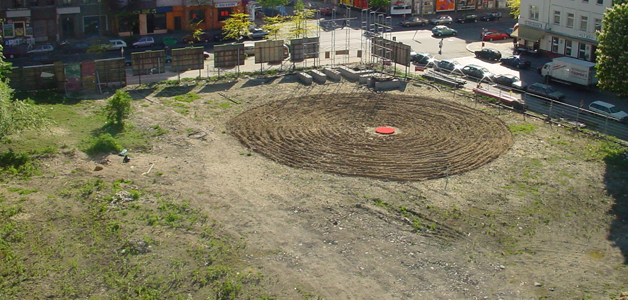
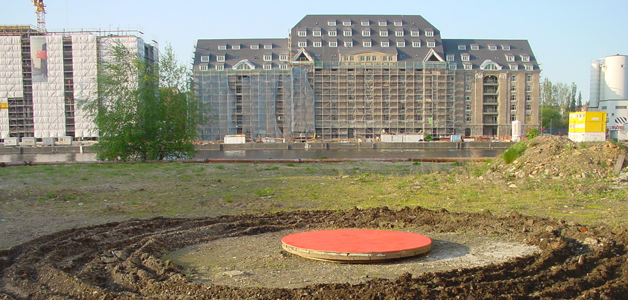
rathauspassagen
alexanderplatz
1999
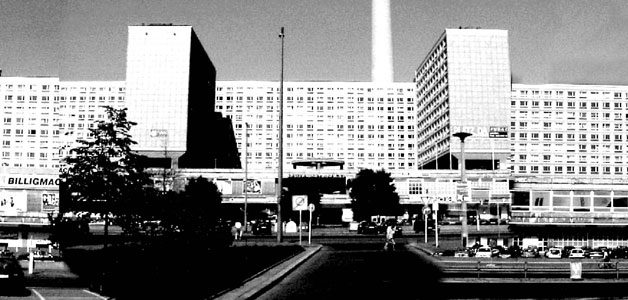
1.200 square metre of art installations
in a former shopping mall
at Alexanderplatz
»Auferstanden aus Ruinen«
Peter Trabner
Performance/ Sculpture/Photography
»Biped Locomotion«
Johan Holten & Dominik Rinnhofer
Installation/Videoprojection/ Performance
»The Store of Surveillance and Mirror Imaging«
Yvette Mattern
Videostills
»Kummer – z«
Felix Höfner
Music and Texts
»Talkbox«
Sandra Draschaft & Steffen Ramlow
Interviews and Installation
»Temporär verbunden: ein Dialog«
Peter Buchheit
interactive Installation
»Ein Fisch beschleunigt ruckhaft«
Steffie Wurster & Ann-Marie von Löw
Installation/Performance/Filmprojection
»8:30 Alexanderplatz«
Irina Thormann & BBB Johannes Deimling
Videoperformance
»Quadrate allenthalben überall«
Stefan Horn
Space-Sound-Video-Installation
»Ballsaal«
Fred Pommerehn
Installation
»Hör-Tour«
Sylvia Henrich & Andreas Dihm
Guided Exhibition Walk
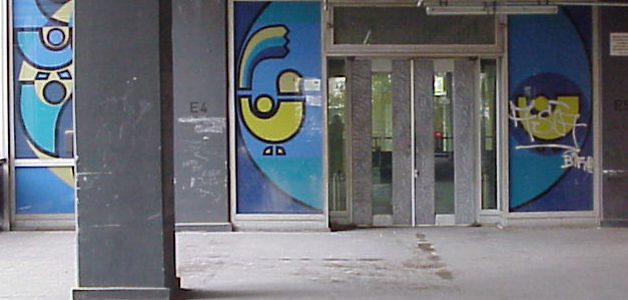
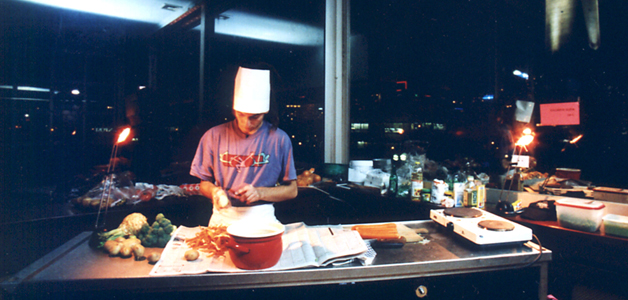
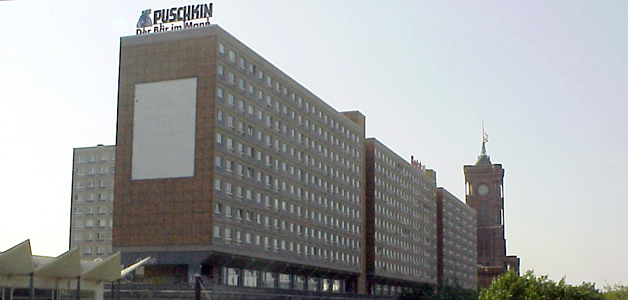
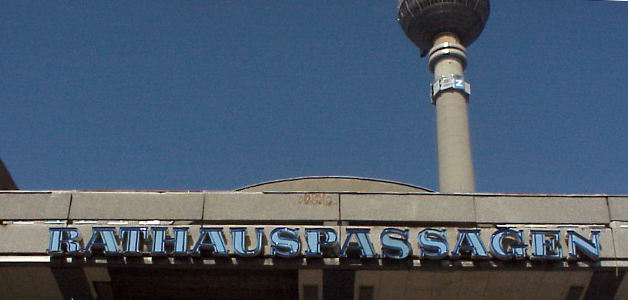

urban dialogues
outside
1998
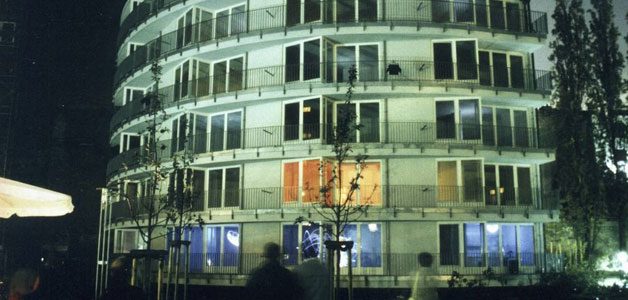
Six Sites – Six Performers – Six Designers
Point of departure of urban dialogues was a project entitled »urban dialogues outside« in 1998.
It addressed the final moments of the reconstruction of the eastern part of the city centre of Berlin in form of an artistic visual and performative intervention.
»Welche Direktion ist draußen«
Ann-Marie von Löw, Daniela Hohenberge
U-Bahn Station
Weinmeisterstraße
»Blindcontour«
Modjgan Hashemian & Stefan Horn
Light / Sound Installation and Dance Performance
Empty House, Dircksenstraße
»Romeo«
Jannis Walter, Fred William Pommerehn
Light and Sound Installation
Münzstraße
»Naked and Solid«
Astrid Lou Sturm, Peter Buchheit
Mural Projection
Steinstraße/Neue Schönhauser Straße
»Weisses Papier«
Jörn Wening, Marc Thurow
Installation and Dance
»urban dialogues«
Steffen Ramlow and urban interview team
